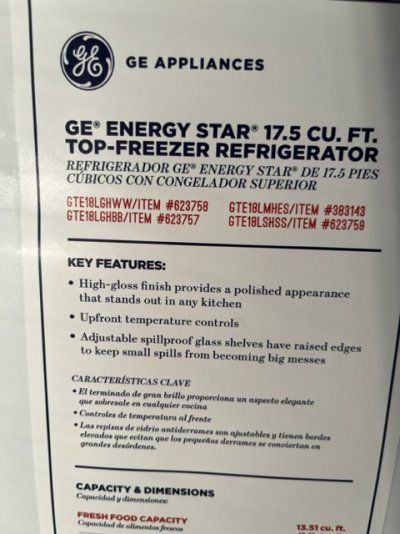Zeus
Veteran Member
Boat does not currently have a generator and some of my upcoming passages may be upwards of 8 hours. What are the best temporary options to power the refrigerator while underway? I have seen some of these portable LiFePo4 options but I don't know the actual draw of said refrigerator. Thanks for any help.
EDIT: Its actually 17.5CF. There is a Xantrex charging system in the boat but I don't think its wired to invert power from the batteries. Boat only has two 8 D's for port and starboard starting and also act as house batteries.
EDIT: Its actually 17.5CF. There is a Xantrex charging system in the boat but I don't think its wired to invert power from the batteries. Boat only has two 8 D's for port and starboard starting and also act as house batteries.
Last edited:


